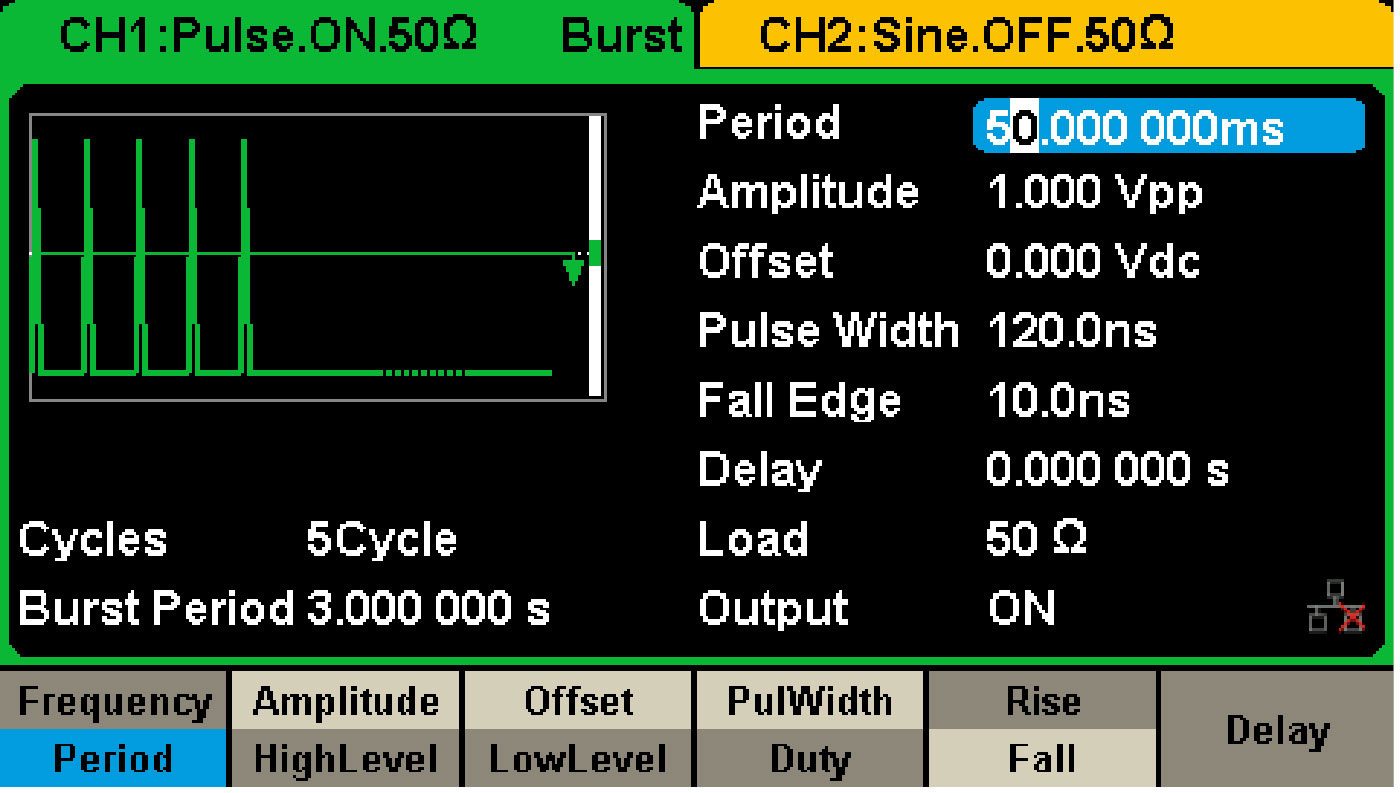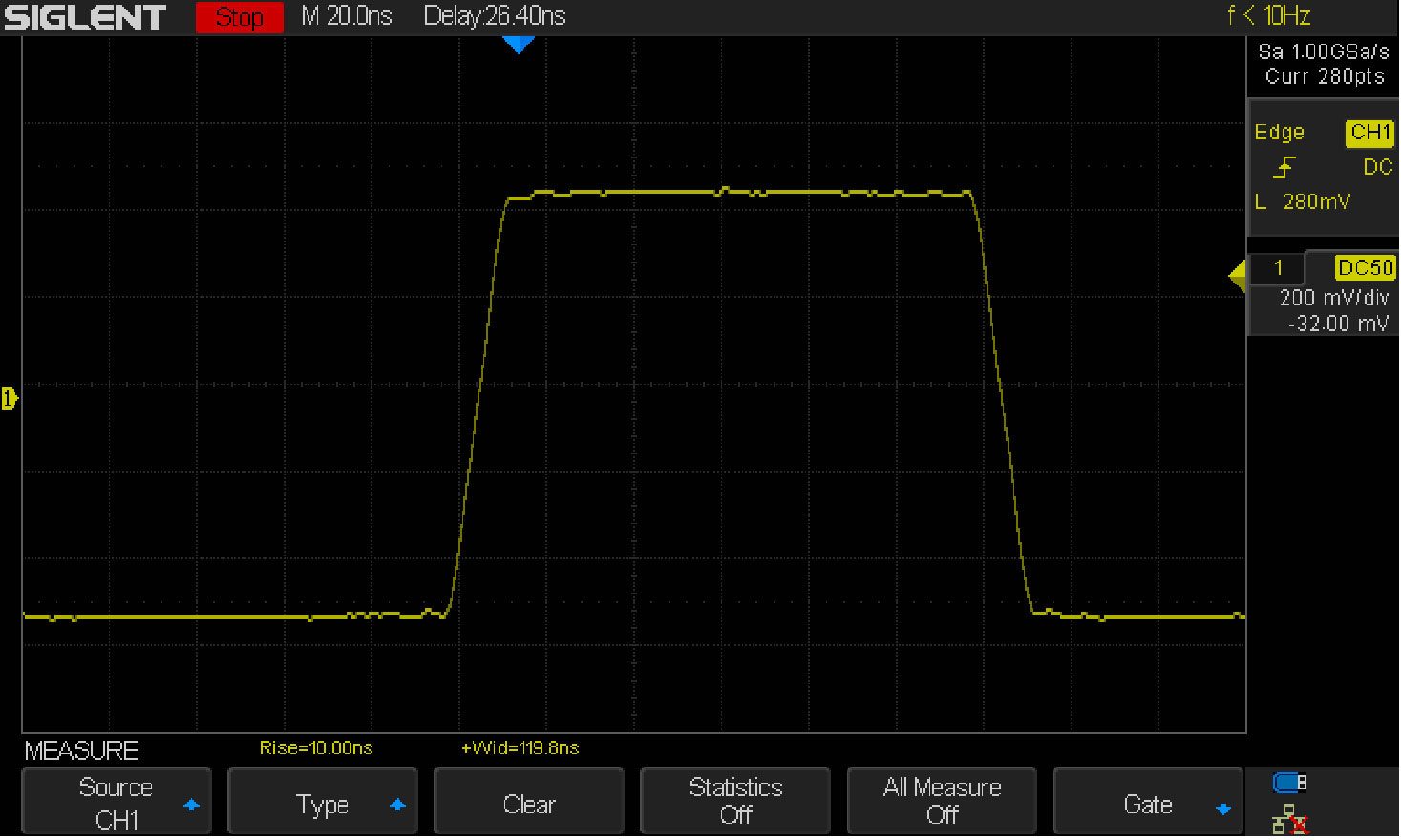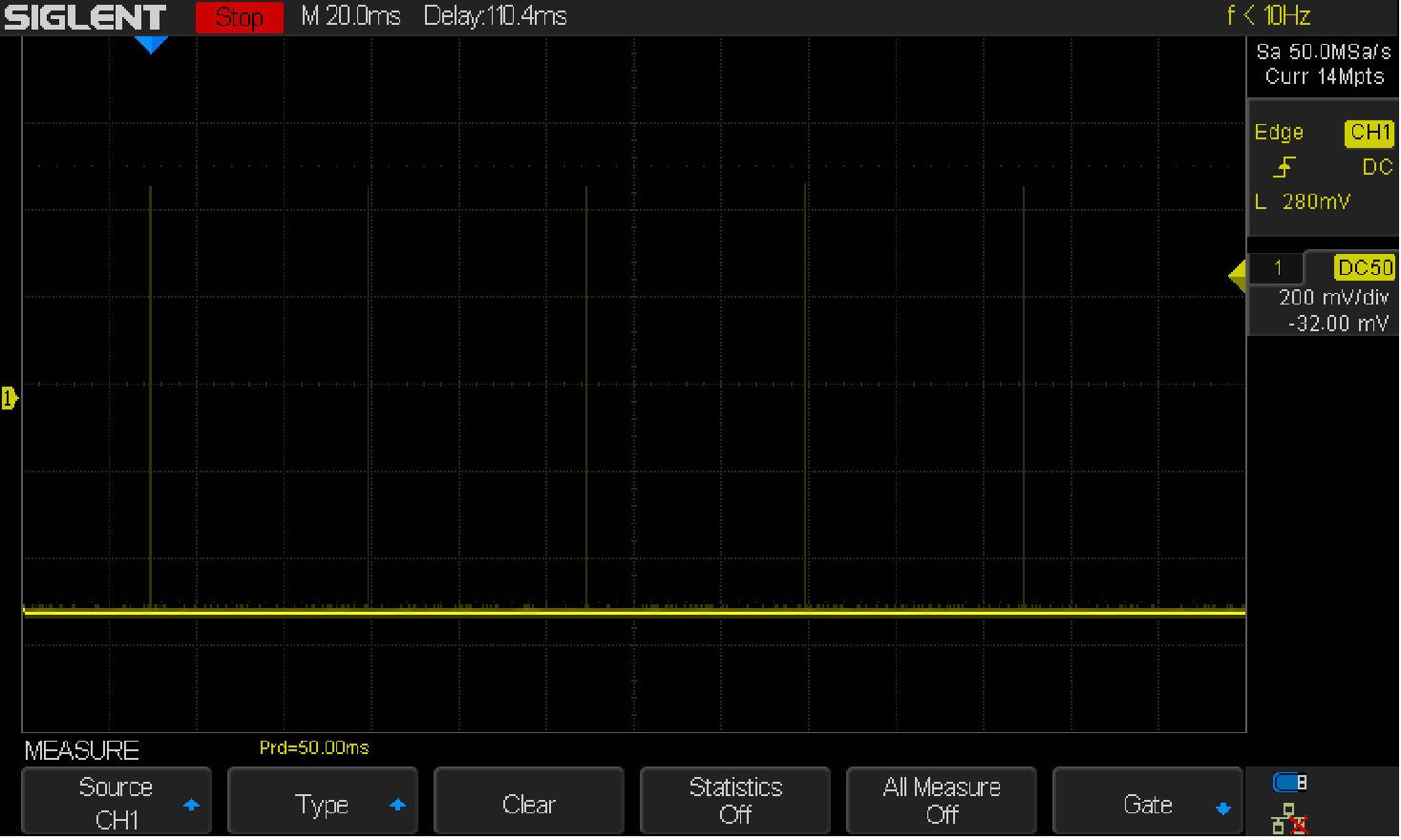Foreword:
With the advance of science and technology, more demands are being placed upon stability, performance, and the intelligence of electronic products. Product design engineers face many problems with the verification and debugging of high-speed signals. Atypical example is intermittent glitches with some low duty cycle signals, such as laser pulses, meta stable low-duty radar pulses or other signals. To analyze these signals, it requires more oscilloscope performance: not only higher sampling rates and deeper memory depth, but also a higher waveform capture rate.
Challenges to the traditional testing methods
In digital oscilloscopes, sampling rate and sampling time has the following relationship: sampling rate × sampling time = memory depth. According to the formula above, if you want to increase the sampling time while memory depth is fixed, it is necessary to reduce the sampling. But a lower sampling rate will reduce the level of resolution, which is a contradiction between the two. Therefore, when testing continuous low-duty cycle pulse or burst signal with long intervals the conventional way, you must choose between the trade-off of reducing the sampling rate and sampling time, which in actual testing, brings up a serious challenge.
Here is an example to illustrate. As shown in Figure 1, the pulse signal appears between an equal interval, the time of interval is 50ms.

We are using a Function/Arbitrary waveform generator SDG2000X manufactured by Siglent to reproduce a similar signal that takes a pulse signal with5 equal-interval as an example. See figure 2:

This is a pulse signal with equal interval time of50ms whose rise time is set to 10ns,pulse width is120ns. If we only need to observe one pulse of the signal, we usually use the “auto setup” key to capture the pulse with a high sampling rate. Along with the measurement function, you can acquire more waveform details. Next we can use the SDS1000X manufactured by Siglent to capture the waveform, as shown in fig3:

However, if you want to capture and observe such a plurality of successive pulses, the conventional approach is to increase the sampling time. But it will inevitably reduce the sampling rate due to the limited memory depth. The low sampling rate cannot meet the measurement accuracy of the waveform.
The following figure shows five successive pulse signals acquired by conventional methods.

We set the memory depth up to 14Mpts.In order to acquire all of the five intermittent pulse, the time base is set to 20ms/div. Compared to FIG. 3, the time base is expanded 1,000 times. It can be seen from Figure 4,the current sampling rate is only 50MSa/s, thus we can know the sampling interval is only 1 / 50M = 20ns. Therefore, we can only acquire less than two points during the signal rising edge, or even none of the points can be acquired. So it makes no sense for us to analyze the characteristic of the signal parameters (rise time, pulse width, duty cycle, etc.).
Of course, in theory, users can expand the memory length of oscilloscopes to increase the sampling time while the sampling rate should not be reduced. However, this approach has its limitation. Mainly due to the following two points:
1.High-speed acquisition memory (memory depth) is an expensive resource, and it is difficult to quantitatively determine how much storage capacity is needed in the end.
2. The deeper memory depth will make the acquiring and processing time become longer. It inevitably means that the interval between two acquisitions becomes longer too. Thus, the sampling rate will drop because of the increased dead time.
The example above is signal analysis based onfive-50ms-interval pulse signals. In practice, the number of equal-interval pulse signals we need to analyze may be far more than five. In addition, it’s useless for us to analyze the rotor and laser pulse signal by conventional measurement methods without an advanced analysis tools because of the long intervals between two abnormal waveformsof several hours toeven tens of hours.
The history and sequence mode of the X-Series Oscilloscope
·Sequence mode
To solve this problem, Siglent has an innovative solution called the “segment edacquisition mode” which divides the memory unit into several sequences. Each sequence stores the current triggered waveform. Once triggered, it will be saved in the segment (see figure 5).
The benefits of this acquisition mode allows engineers to select the fragment they are interested in regardless of the redundant part, and it also improves the utilization rate of valuable storage depth. Furthermore, as the amount of processing data gets smaller, processing speed gets faster, equivalent waveform capture rate gets higher, and dead time drops off significantly. In the sequence mode, the minimum dead time of the SDS1000X Series can drop as low as 2.5us, and the SDS2000X series can drop as low as 2μs.






